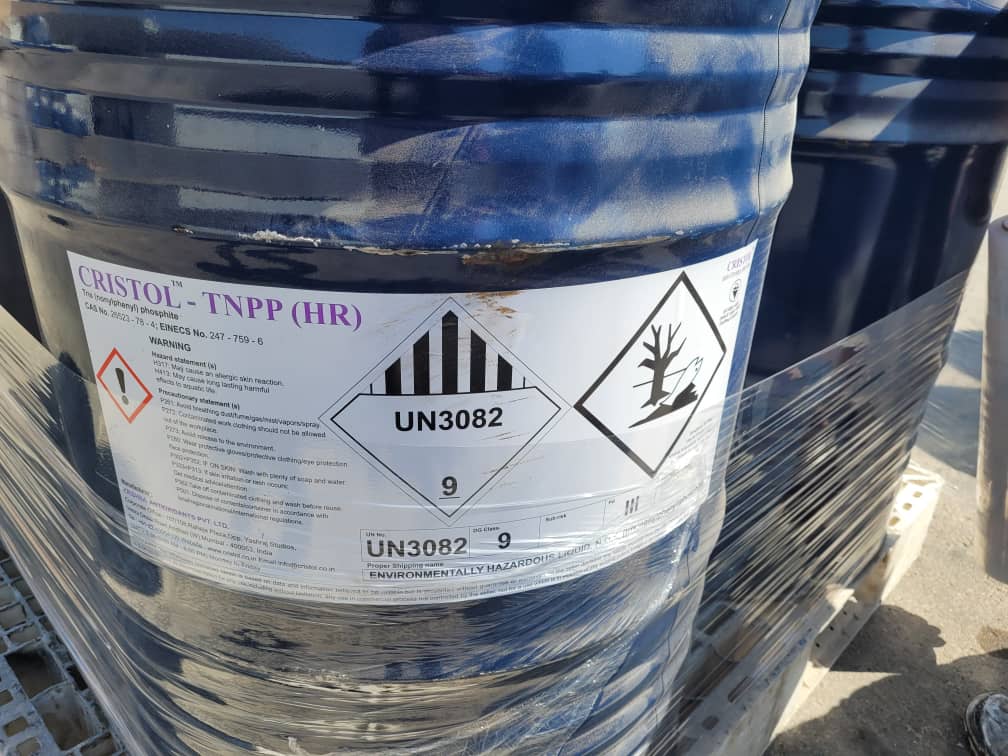The world of synthetic materials and polymers teems with unsung heroes, among which Antioxidant 168 shines brightly. An organophosphite compound with its full name, Tris(2,4-di-tert-butylphenyl) phosphite, Antioxidant 168, is instrumental in maintaining the integrity and durability of various materials. This article dives into the intricacies of this crucial ingredient, exploring its uses, benefits, and why it’s invaluable in the polymer industry.
Unpacking the Chemistry of Antioxidant 168
Antioxidant 168 (AO 168) belongs to the organophosphite class of antioxidants, with the chemical formula [(C14H21O)3P]. Its exceptional antioxidant properties stem from its ability to decompose and neutralize hydroperoxides, derivatives of oxygen that could otherwise cause polymer degradation. In essence, AO 168 serves as a ‘guardian’ molecule, protecting polymers from oxidative damage, improving their lifespan and utility.
Antioxidant 168 in the Polymer Industry
Antioxidants, such as AO 168, are crucial to the polymer industry. They are added to polymers during processing to delay or prevent oxidative degradation, which can impair the mechanical and aesthetic properties of the final product. By enhancing the oxidative stability of a material, AO 168 helps maintain its color, physical strength, and overall performance over time.
Unraveling the Benefits of AO 168
- Enhanced Stability: AO 168 plays a vital role in enhancing the stability of various plastics and rubber, preventing their discoloration and degradation due to environmental conditions, heat, or UV light.
- Versatility: Its compatibility with a wide range of polymers – from polyethylene and polypropylene to polystyrene and polyesters – underscores the versatility of AO 168.
- Synergy: AO 168 often works synergistically with other antioxidants, such as Hindered Phenolic Antioxidants (HPAs). This blend offers a broader, more potent defense against oxidation.
- Safety: Due to its low volatility, AO 168 is safe to handle during manufacturing processes.
AO 168 – A Cornerstone in a Greener Future
Antioxidants like AO 168 help make plastics last longer. This means less waste and more recycling, which is good for our planet. AO 168 makes it possible for us to reuse things more often and save resources. It helps us keep things useful for longer, which means less stuff gets thrown away.
Conclusion
Antioxidant 168, or AO 168, is a vital but often overlooked part of modern life. It plays a key part in maintaining many products we use every day. It keeps synthetic materials working well and lasting long. As we aim to make things more sustainable and reduce waste, AO 168 becomes even more important.

